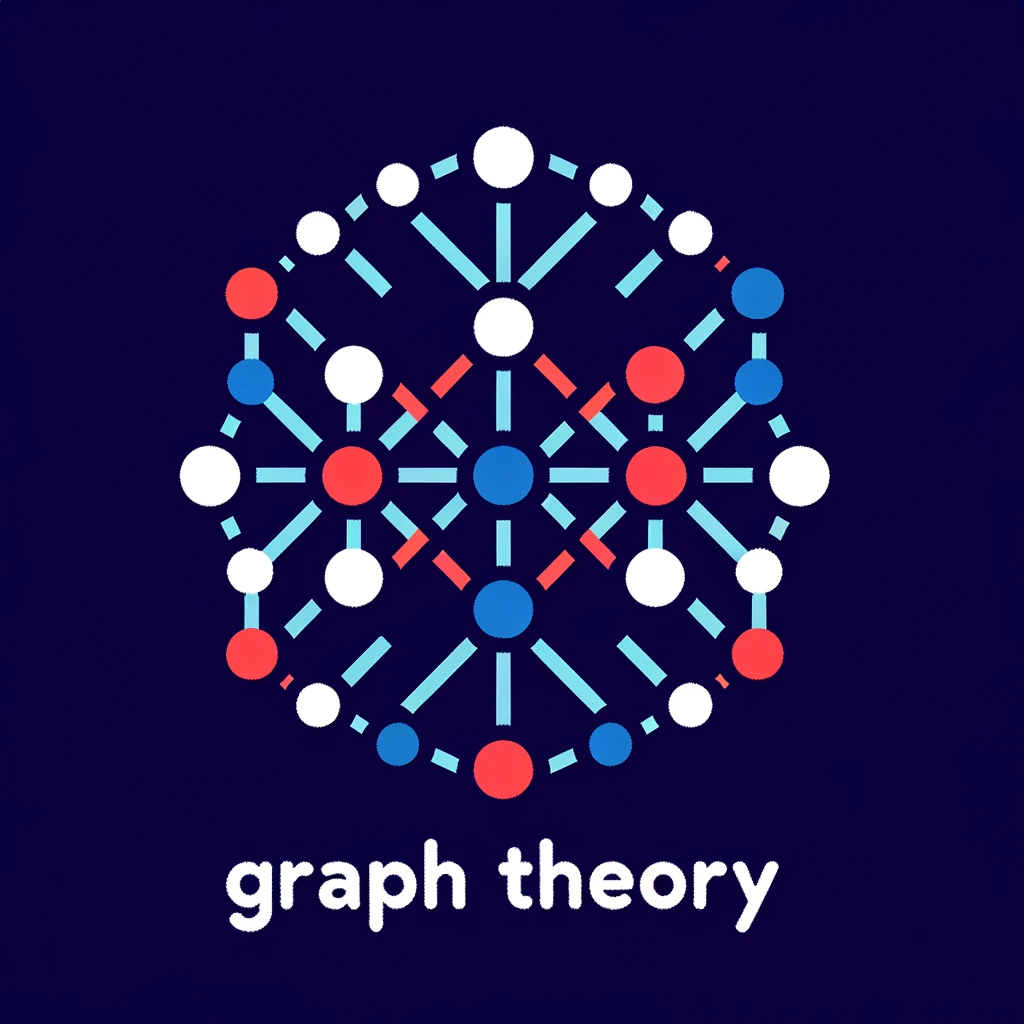Audio Presented by

Unearthing the internet's best research and examples of graph theory in real world applications.
Story's Credibility

About Author
Unearthing the internet's best research and examples of graph theory in real world applications.

Unearthing the internet's best research and examples of graph theory in real world applications.

Unearthing the internet's best research and examples of graph theory in real world applications.